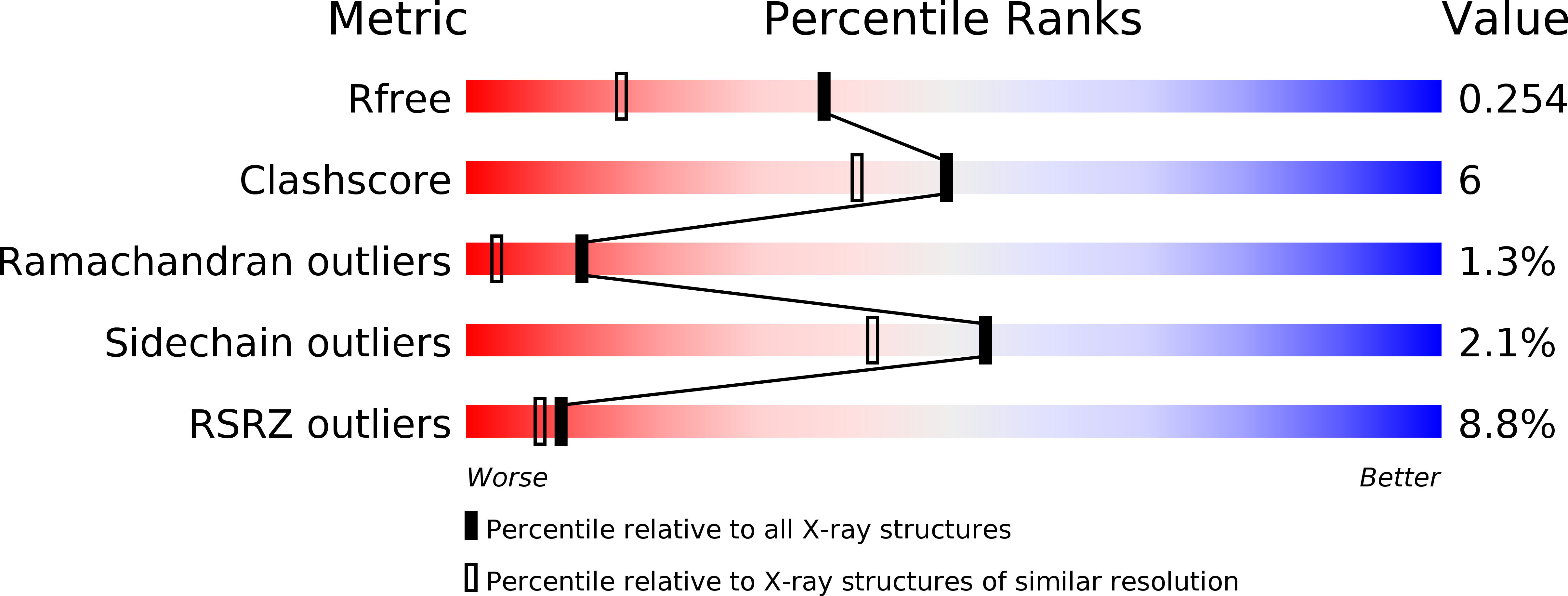
Deposition Date
2005-12-09
Release Date
2006-02-01
Last Version Date
2023-12-13
Entry Detail
PDB ID:
2C96
Keywords:
Title:
Structural basis of the nucleotide driven conformational changes in the AAA domain of transcription activator PspF
Biological Source:
Source Organism:
ESCHERICHIA COLI (Taxon ID: 83333)
Host Organism:
Method Details:
Experimental Method:
Resolution:
1.80 Å
R-Value Free:
0.24
R-Value Work:
0.20
R-Value Observed:
0.20
Space Group:
P 65


